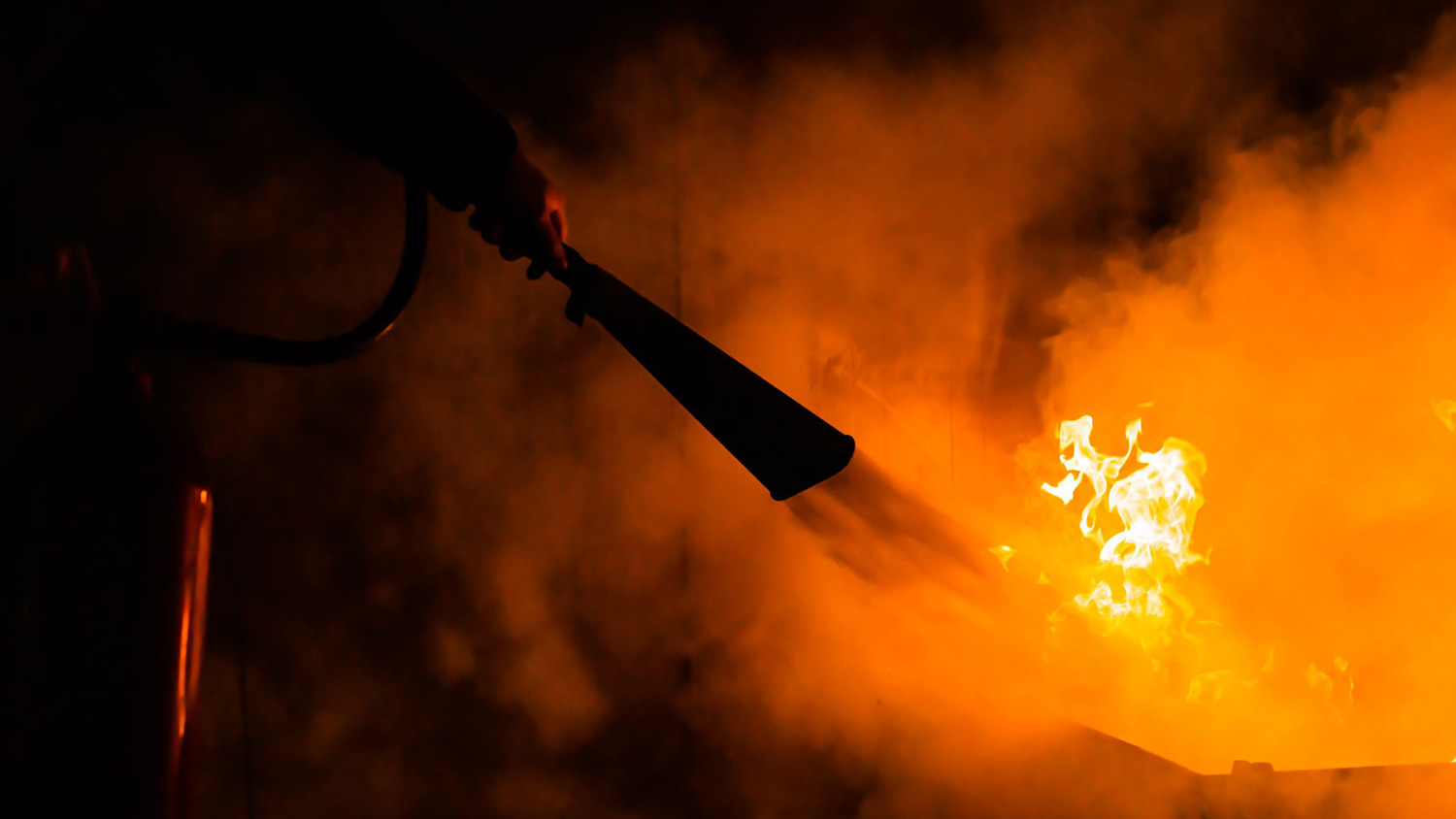Following the implementation of the Fire Safety (England) Regulations 2022, which came into force on 23 January 2023, new guidance has now been published to assist those with duties to comply with Regulation 10, which makes requirements about fire doors.
This guide is aimed at carrying out simple checks upon a fire door and is based on the assumption that the fire risk assessment has already assessed the suitability of the fire doors. It is about making sure that the fire doors remain suitable thereafter and match those that were taken into account in the fire risk assessment.
This means that Regulation 10 applies to all blocks of flats (or parts of such blocks) that incorporate common parts, regardless of whether the block is purpose-built or is a conversion; for the purpose of this legislation, flat entrance doors are included within the meaning of common parts.
Regulation 10 makes requirements in relation to two matters, namely:
- Information about flat entrance doors that the Responsible Person must give to all residents (whether tenants or leaseholders) - this requirement relates to all blocks of flats; and
- Routine checks of fire doors that the Responsible Person must ensure are carried out - these checks are only required in blocks of flats in which the top storey is more than 11m above ground level (typically, a building of more than four storeys).
Fire-resisting doors (fire doors) are one of the most important measures to safeguard the means of escape from fire. Your fire risk assessment should already have identified the doors in question and determined whether the doors are adequate to resist the spread of fire and smoke into, or within, the common parts. You should have already taken steps to maintain doors in good order, and where it has been found that the existing door is inadequate and needs to be replaced, this must be done by a competent person.
As with all fire safety measures, fire doors need to be kept in good working order and in good repair. Wear and tear, for example, can result in defects. The objective of Regulation 10 is to ensure that such defects do not materially undermine the ability of the doors adequately to prevent fire and smoke spread, whether to the extent originally designed or as verified as adequate in the most recent fire risk assessment.
Routine checking of fire doors: what you need to do
Regulation 10 requires that, if the top storey of the building is above 11m in height (typically, a building of more than four storeys) the Responsible Person must:
- Use best endeavours to check all flat entrance fire doors at least every 12 months; and
- Carry out checks of any fire doors in communal areas at least every three months.
The checks under Regulation 10 should be simple and basic. You should not need to engage a specialist to carry these out. With appropriate instruction, caretakers, managing agents, housing officers and maintenance personnel should be able to do them (for example in the course of other routine checks and visits to the building) as the checks are only visual and do not involve, for example, use of tools.
The Responsible Person will need to ensure that the necessary arrangements are in place to address any issues identified.
Each time you carry out fire door checks, you should check that:
- The resident has not replaced a fire-resisting flat entrance door with a new, non-fire-resisting door;
- letterboxes are firmly closed and not jammed open;
- There is no damage to, or defects in, the door, frame or the securing wall that might affect the ability to resist the spread of fire or smoke;
- The condition of the fire-resisting glass and glazing system in the door panels, and any associated side or over panels forming part of the doorset, retains their ability to resist the spread of fire and smoke;
- There are no obvious defects in the hinges;
- Intumescent strips and smoke seals, if present, are undamaged;
- The gap between the door and the frame is not too large; and
- There is an effective self-closing device on fire doors of flat entrances and fire doors within common parts.
The full, in-depth guidance on fire doors and the responsible person’s duties can be found here.
You may also be interested in
RELATED CONTENT
RELATED COURSES

The Fire risk assessment course is designed for individuals responsible for managing fire safety in a workplace or building.

The Fire safety course introduces learners to the dangers, controls and responsibilities associated with fire safety.

The Fire warden course provides the knowledge and skills for a fire warden to identify hazards and prevent fires.

Introduction to health and safety gives learners a basic introduction to managing safety in their workplace.

With many changes introduced by the Building Safety Act 2022, implemented in April 2022, there remains some confusion over who’s responsible for what ...

Over 60% of people responsible for fire safety in the workplace believe they “could be doing more to ensure the building is fire safe".

From 23 January 2023, responsible persons will be required to comply with additional responsibilities introduced under the Fire Safety (England) Regul...

The Fire Safety Bill has been introduced as part of the government's commitment to improving building safety.